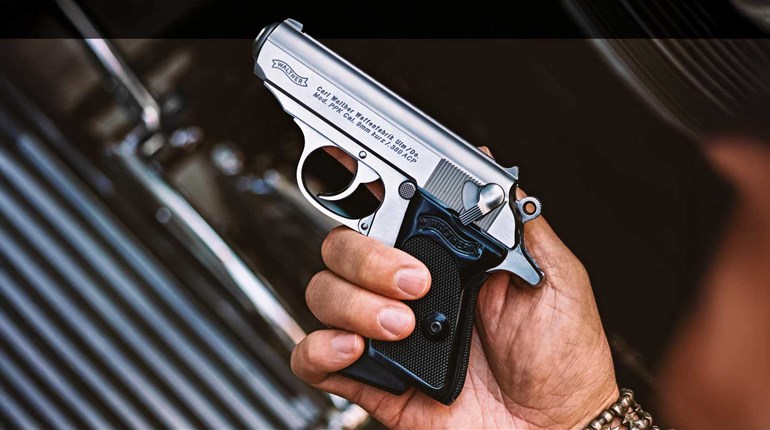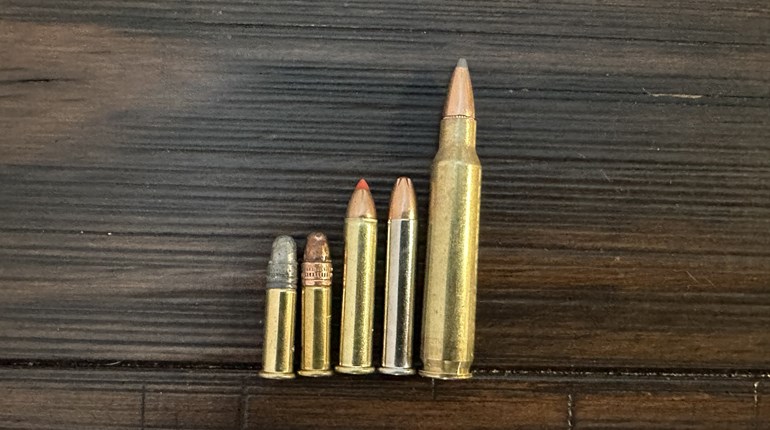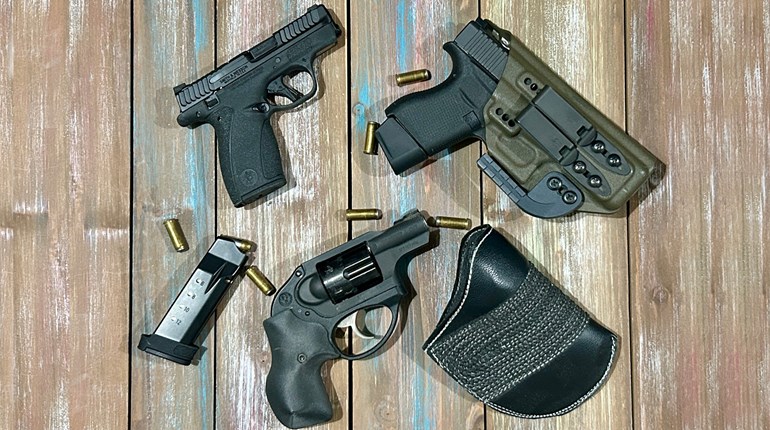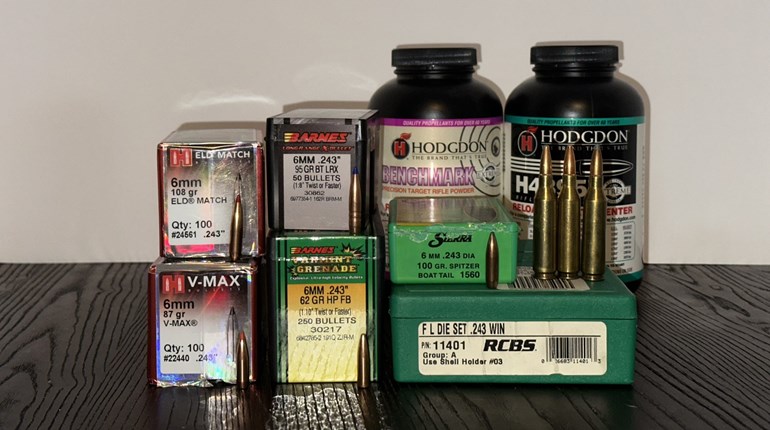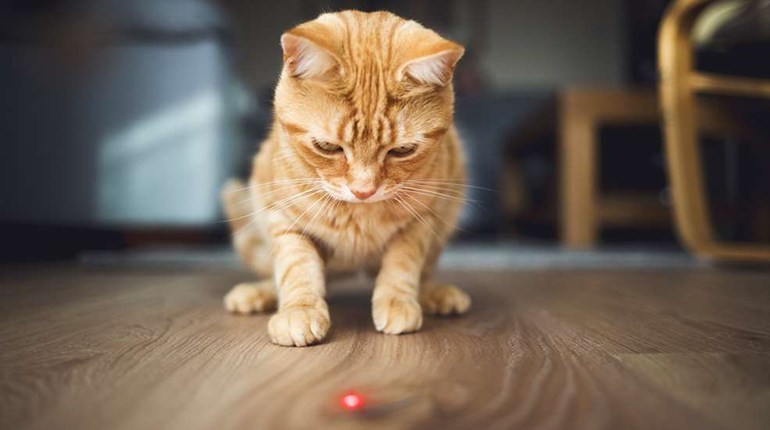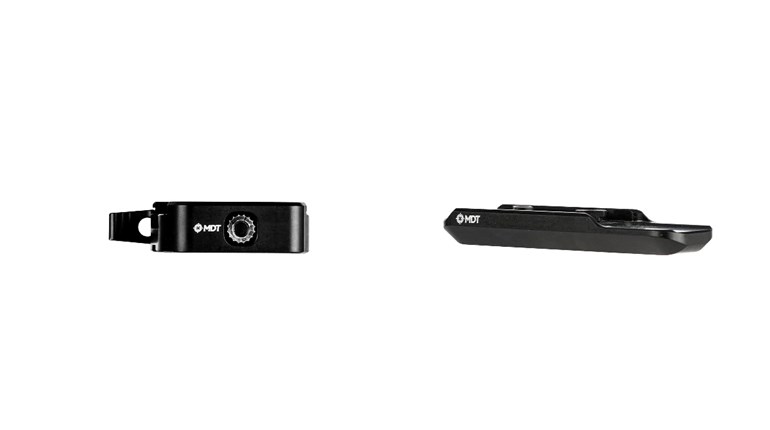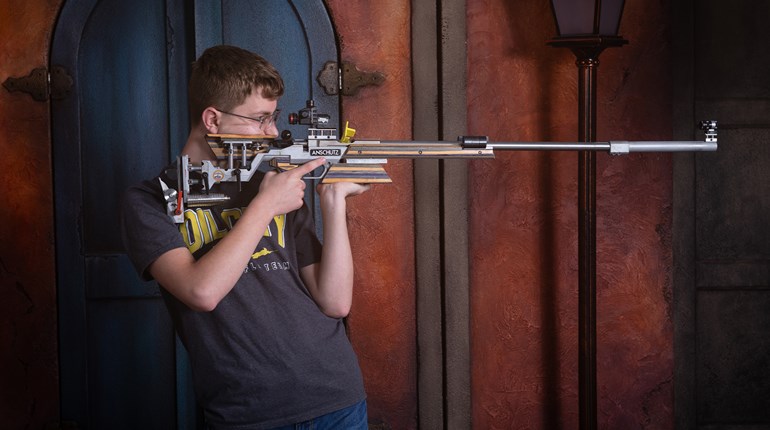
There are a lot of famous ACP (Automatic Colt Pistol) cartridges, but all of them are probably, ironically, more famous than the one seen in one of the largest spy franchises to date. You’ve got your .45 ACP, which is known as the 1911’s classic cartridge. The .380 ACP is probably the most popular ACP variant to be put into a pocket gun. And the .25 ACP is known for being the smallest center-fire cartridge chambered in some of the smallest guns known to ever exist (look up “Baby Browning” and all its clones and derivatives).
Most people forget about the .32 ACP, but it was the quintessential James Bond cartridge, fired out of Bond’s classic Walther PPK. Most people have heard of the gun, but few know much about the .32 ACP cartridge the PPK in the Bond movies fires. So if you’re ready to impress your friends—or to shame Hollywood—here we go.
Starting off Small
Before we jump into ballistics, let’s cover some cartridge history, just to build the knowledge base on this little gem of a cartridge. In 1899, John Browning designed the .32 ACP cartridge for use in the M1900 semi-automatic pistol—the first production pistol with a reciprocating slide—as well as pistols from Colt, Remington, and even Savage. The cartridge was used widely across Europe, and it was popular in the U.S. as a pocket or “mouse” gun for self-defense. It wasn’t until about 30 years later when Walther put out its renowned PPK pistol, carried by the German military and police in WWII … and, of course, Mr. Bond.
Aim Small, Miss Small
I’ll be honest, I’m not a fan of self-defense cartridges with bullet diameters less than .3 of an inch, and many other gun enthusiasts would agree that even the .32 ACP’s “big” brother, the .380 ACP, was pretty anemic when it came to stopping power. However, much of what’s held true about the concept of what it takes to stop a threat is based on old science, plus some outdated technology. Combine those two misconceptions based on antiquated information, and you’ve got a whole lot of … well, just wrong practical knowledge.
The .32 ACP, if using modern technology and applying it to what we know now, isn’t a bad combination, especially for those who want an extremely low-recoiling cartridge—which has its own benefits, such as faster follow-up shots—even if the shooter isn’t recoil sensitive. It also allows for more rounds to fit in a given magazine since the cartridge itself is a smaller diameter.
Let’s look at some numbers. Because the .32 ACP was intended for small guns meant for self-defense, I’ll review the numbers for one of Hornady’s .32 ACP loads. It uses a 60-grain XTP bullet, with a 2” test barrel. The Walther PPK has a 3.3” barrel, and two Beretta .32-ACP-chambered handguns—the 30X and the 3032 Tomcat models—as well as the NAA Guardian, all have longer barrels than the test barrel that Hornady used, meaning the ballistics will likely be even better due to the velocity increase of the longer barrels.
But let’s just say, for the sake of argument, you had a 2” barrel. Using the data provided by Hornady, the .32 ACP load still leaves the muzzle at about 1,000 feet per second (fps). That’s good news suppressor users, because the velocities are below the sound barrier. Looking at how that transfers to energy at the muzzle, that 2” barrel produces 133 foot-pounds of energy at the muzzle. That means the .32 ACP certainly can do what it was intended to do, no problem ... but shot placement is critical. Thing is, that’s true with every shot we fire. Because we’re working with a smaller, less threat-stopping projectile, it’s necessary to ensure the bullet is put into vitals where it will be most effective.
The Little Cartridge that Could
The .32 ACP is amazing for what it does, all things considered. And because of modern bullet technology, improved powders to increase velocity, and better machining for the guns it could be chambered in, I could see an argument for the cartridge’s resurgence, especially for smaller-framed or recoil-sensitive shooters. That said, if you’re happy with your larger pistol cartridges and you shoot them well, use what works best for you, especially for self-defense guns. But if you’re in the market for a cartridge that does a whole lot with only a little, a gun chambered in .32 ACP might be your ticket.













